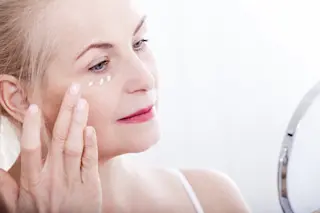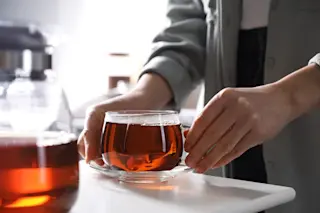In the quest for everlasting youth, many women buy hope in a jar. But despite being a multi-billion dollar industry, many skin creams and serums on the market don’t deliver the age-defying results they promise. But now, scientists say that it may be possible to reverse our skin's timeline at the cellular level.
In a new paper published in Nature, a research team found that a collagen protein called COL17A1 plays a key role in maintaining youthful skin. Declining levels of this protein over time cause our skin to develop wrinkles, sag, and lose its elasticity, according to the paper. It's giving scientists fresh insights into how and why time changes the building blocks of our skin. The team based their study on mice tails, but they say that tail skin shares many of the same characteristics as human skin.
The idea that the strong survive and the weak perish ...














